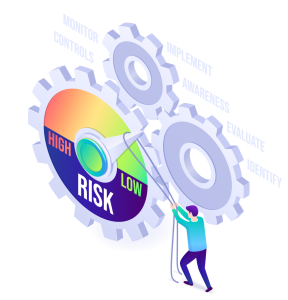Risk Management - A Shift in Thinking: What to Change
Rapid change projects routinely come up against:
Often, key people are locked into certain ways of thinking, usually for good reasons, that then they hinder the uptake of more productive approaches.
As a result, the business continues to follow existing measurements and processes (the old paradigm).This typically leads to repetitive processes, which seem like hard work and are difficult to change.
It is not always obvious that implementing a new system will improve a business and this reality is a common problem for implementors of paradigm shift based solutions.
The Status Quo
It is common to find that within any business, and this usually extends to the whole industry, certain processes, measurements, and technologies have been present for several years, and these have become accepted as 'how it is'.
- This is what we call the 'status quo,' the current way of thinking.
A problem arises when the status quo proves to be inefficient, and the business does not know how to change.
Another common problem among businesses is that people do tasks with little thought of this reality, and as a result, losses accumulate, and gains are lost.
Why is a shift in thinking necessary?
Often, when implementing a rapid change project in a business, owners and managers experience undesirable effects.
This lesson is about how to overcome these common undesirable effects through a shift in thinking:
The solution seems counterintuitive.
We hear people complaining it will not work.
We hear people saying that the current way is right, why should we change it?
Our reports will show decreased performance in the future reality
Our old solutions will not work in the new system.
